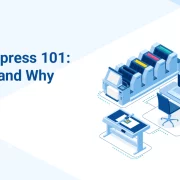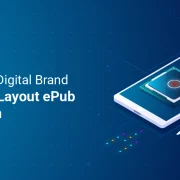With the discontinuation of Adobe Flash, businesses must rapidly transition their legacy content to HTML5 to ensure compatibility, accessibility, and security. Flash to HTML5 conversion is not just about upgrading technology—it’s about enhancing user experience, optimizing content performance, and future-proofing digital assets.
HTML5 offers a more flexible, mobile-friendly, and interactive environment, making it the ideal format for eLearning modules, multimedia applications, and corporate training content. This whitepaper explores best practices for streamlining the conversion process while maintaining content integrity and engagement.
A structured approach to Flash to HTML5 conversion ensures that organizations can retain interactivity, improve load times, and enhance accessibility. Key strategies include automating content migration, optimizing UI/UX design, and ensuring compliance with accessibility standards such as WCAG. Additionally, businesses leveraging HTML5 can integrate advanced features like responsive design, multimedia support, and seamless cross-platform compatibility.
By modernizing digital content, organizations can improve audience reach, minimize security risks, and enhance learning and training experiences. To explore a structured migration approach, check out our eLearning Content Transformation services.
For a deeper understanding of why HTML5 is the new standard, refer to the W3C HTML5 Specifications and stay informed about the latest advancements in web technology.
Download the whitepaper to discover the most efficient strategies for modernizing Flash-based content and ensuring a smooth transition to a future-ready digital ecosystem.
Want to explore similar solutions? Book a 15-minute call with us!




